It’s been some time since Web3 was introduced, and it seems there are two main groups: those still discovering what the concept implies and those who have already tried out at least a Web3 app and are looking for more options.
While for the first group, we have many explanatory articles they can check out, for the second group, we felt like there was room for a top of the best Web3 apps they can try out in 2024 to improve their Web3 experience.
Thus, let’s discover some of the best and most popular Web3 apps out there!
Top 10 Web3 Apps for 2024
1. Web3 Browsers – Brave
At the moment, Brave is among the most popular and widely used web browsers, along with key players in the industry, such as Chrome, Safari, and Edge. Brave offers its own search engine, but users can also choose from other search engines available if they are used to another one or prefer not to use Brave’s.
Brave was launched in 2016 and aims to combine the advantages of various competitors to offer a one-stop solution for those seeking high privacy, speed, no ads, and, on top of all of these, decentralization.
Built with blockchain technology, Brave ensures user data ownership and privacy, leveraging decentralization to eliminate ads. This decentralized nature offers a more user-centric online experience, where users can engage with the online space without compromising their personal information.
One of Brave’s most intriguing features is its native token, the Basic Attention Token (BAT), which rewards users for their attention while browsing and publishers for their content. This creates a versatile digital ecosystem where users, content creators, and advertisers can interact directly without a central authority.
By integrating decentralized applications and using smart contracts, Brave not only increases user privacy but also revolutionizes how we interact with the web, making it a pioneer in the ongoing Web3 revolution.
2. NFT Marketplaces – OpenSea
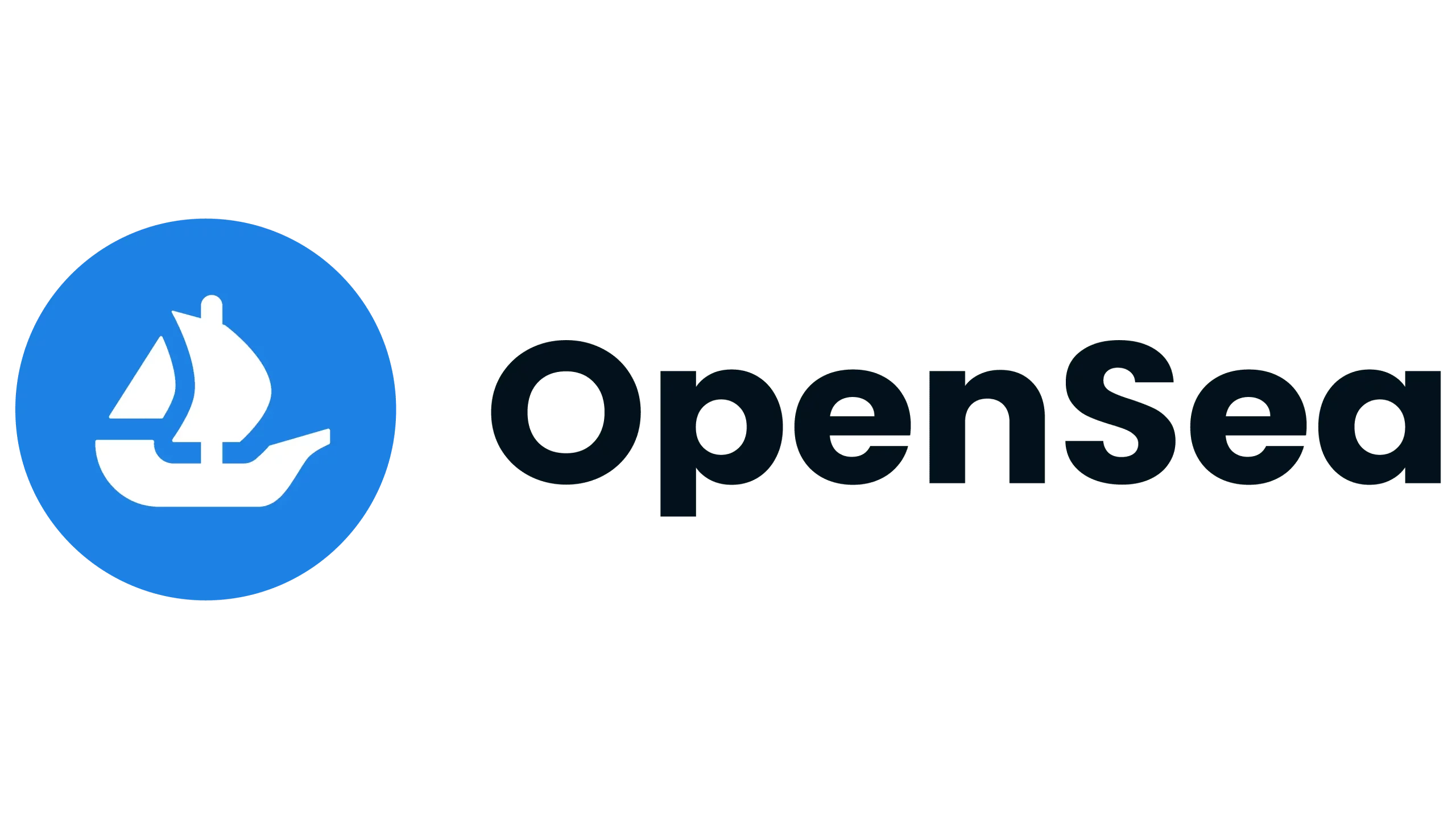
OpenSea is a leading NFT (Non-Fungible Token) marketplace, revolutionizing how digital collectibles are bought, sold, and traded. Launched in 2017, OpenSea leverages blockchain technology to provide a decentralized network protocol available for worldwide NFT enthusiasts. This dApp allows users to trade NFTs, including art, virtual world items, and collectibles, within a secure, decentralized environment.
One of OpenSea’s standout features is its support for various blockchain networks, providing a bright infrastructure for various NFT-related activities while also focusing on community engagement.
On OpenSea, users can easily mint, buy, and sell NFTs, benefiting from smart contracts that facilitate secure transactions.
OpenSea focuses on increasing liquidity for digital assets, allowing users to monetize their creations and investments efficiently. As a key player in the NFT space, OpenSea is shaping the future of DeFi, positioning itself as a crucial element in the evolution of Web 3.0 applications and the entire decentralized web world.
3. Gaming – Axie Infinity
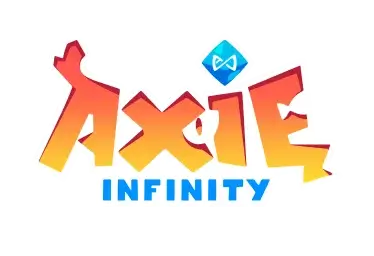
Axie Infinity combines gaming with blockchain technology to create a unique Play-to-Earn ecosystem. Launched in 2018, Axie Infinity allows players to collect, breed, and fight against Pokémon-like characters called Axies, which are, in fact, NFTs.
In the Axie Infinity world, players can earn digital assets, such as the in-game tokens AXS and SLP, trade them on various crypto exchanges, and use them in the game. The game’s decentralized nature ensures that users have control over their digital assets.
Axie Infinity also focuses on community building and sustainability, integrating decentralized autonomous organization (DAO) features to give players a voice in the game’s development and governance.
This constant effort offers an immersive gaming experience and contributes to the broader adoption of Web 3.0 technologies. By combining gaming with decentralized finance and NFT marketplaces, Axie Infinity maintains its place as one of the most popular P2E games in the industry.
4. DEXs – Uniswap

Uniswap was launched in 2018 and is a prominent DEX (Decentralized Exchange) operating on Ethereum that allows for automated trading of cryptocurrencies through its innovative features. Uniswap has revolutionized how users trade digital assets, providing a more secure and efficient alternative to centralized exchanges such as Coinbase or Kraken.
The Uniswap decentralized exchange uses an automated market maker (AMM) model, which allows liquidity providers to pool their assets and earn fees from trades. This ensures constant liquidity and eliminates the need for order books and intermediaries.
Uniswap also contributes to the broader DeFi movement by integrating various dApps and promoting the use of DeFi solutions. Its well-developed infrastructure and focus on decentralization support the evolution of financial systems, offering users a more secure, transparent, and efficient way to trade digital assets.
5. Metaverse – Decentraland
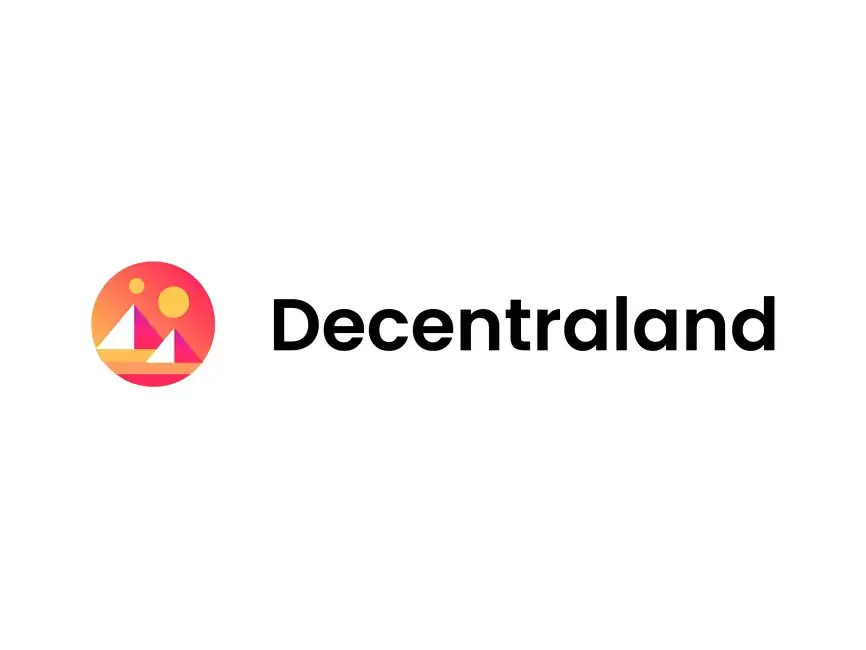
Decentraland can be defined in many ways. Still, the simplest of them all is the virtual world concept, but it is a little similar to social media platforms. We’re saying “a little similar” because, at its core, Decentraland is a game that leverages virtual, augmented, and extended reality to provide a social experience available to Web3 users worldwide. Decentraland can be played as a game on various devices or explored as a virtual world with the help of virtual or augmented reality goggles.
In the Decentraland universe, users can build a digital identity and develop unique environments, applications, marketplaces, events, and much more using MANA tokens. MANA is Decentraland’s native token and is an ERC-20 token, meaning that it was built on top of the Ethereum network.
Decentraland also includes 2 types of NFTs: LAND and Estate. LAND is a 52-foot x 52-foot plot of digital real estate (scaled to the environment), while Estate is formed by combining two or more adjacent plots.
Decentraland is all about building communities and fostering diverse interactions in a virtual world where everyone knows they are safe and can control what is known regarding their identities. Users can organize community events such as concerts, casino nights, dances, movie screenings, and much more. Basically, you can organize almost whatever you want by simply spending MANA and waiting for community members to join you.
6. Publishing & Newsletter – Paragraph

Paragraph is a decentralized publishing and newsletter platform designed to empower writers and content creators by leveraging blockchain technology. By offering a decentralized alternative to conventional platforms, Paragraph ensures data ownership and user privacy, enabling creators to publish their work without relying on intermediaries.
Paragraph is integrated with decentralized storage systems, providing a secure and transparent way to store data. This decentralized nature eliminates the risks associated with a centralized infrastructure, such as censorship and data breaches, and promotes more responsible content management.
Paragraph aims to change the face of digital publishing by using decentralization and smart contracts to improve the security and transparency of content distribution. Besides, the Web3 project’s main goal is to change how we perceive and interact with written content, bringing this simple concept to the Web3 table by using decentralized technologies and offering content creators a new way of generating revenue.
7. Transparency – Everledger
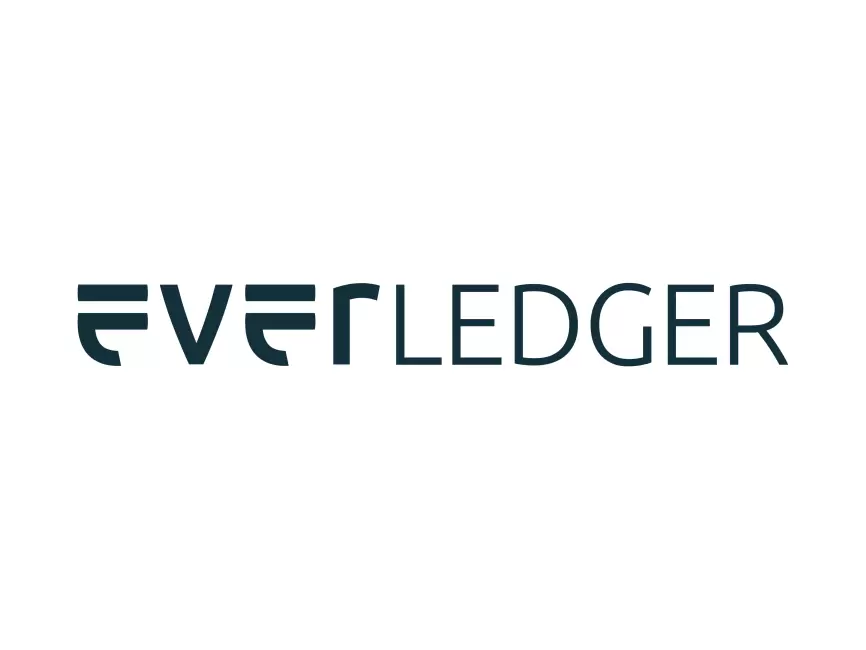
Everledger is a dApp that focuses on transparency and security in supply chain management. Everledger leverages distributed ledgers to track and verify the provenance of high-value assets such as diamonds, art, and luxury goods.
Everledger is well-known and widely used thanks to its ability to provide a robust infrastructure for secure and transparent asset tracking. This highly contributes to creating a tamper-proof digital ledger. As a result, Everledger offers users a way to ensure that asset information is accurate, verifiable, and accessible in real-time, reducing the risk of fraud.
To have a better view of how Everledger works, let’s say you purchase a diamond. You already know about Everledger, so you register your diamond on the platform to store its certificate as safely as possible. At the same time, you insure your diamond by taking extra precautions.
But as unfortunate events can occur anytime, you get robbed and report your diamond as stolen. You insured it, so you receive compensation for your loss.
Afterward, the thief tries to sell the diamond to a jeweler. They checked the certificate on Everledger and learned that it was stolen. Shortly, the insurance company recovers your stolen diamond, and you get it back, all thanks to Everledger and your idea to register your asset on the platform.
8. Decentralized Blockchain Oracle – Chainlink

Chainlink is a decentralized oracle network that uses smart contracts to securely interact with real-world data and external APIs. It provides a way to add external (off-chain) data to smart contracts, reducing the risk of single points of failure.
Chainlink allows smart contracts to access data feeds and combine data from multiple sources to ensure accuracy and reliability. This is possible thanks to the Chainlink nodes, which aim to deliver off-chain data to on-chain spaces.
Those contributing to the well functioning of the Chainlink platform and network are called node operators and are rewarded with LINK. LINK is the native token of the Chainlink ecosystem.
Overall, Chainlink is the platform that links the off-chain and the on-chain, facilitating safe and secure data storage through a decentralized storage system.
9. Liquidity Providers – Aave
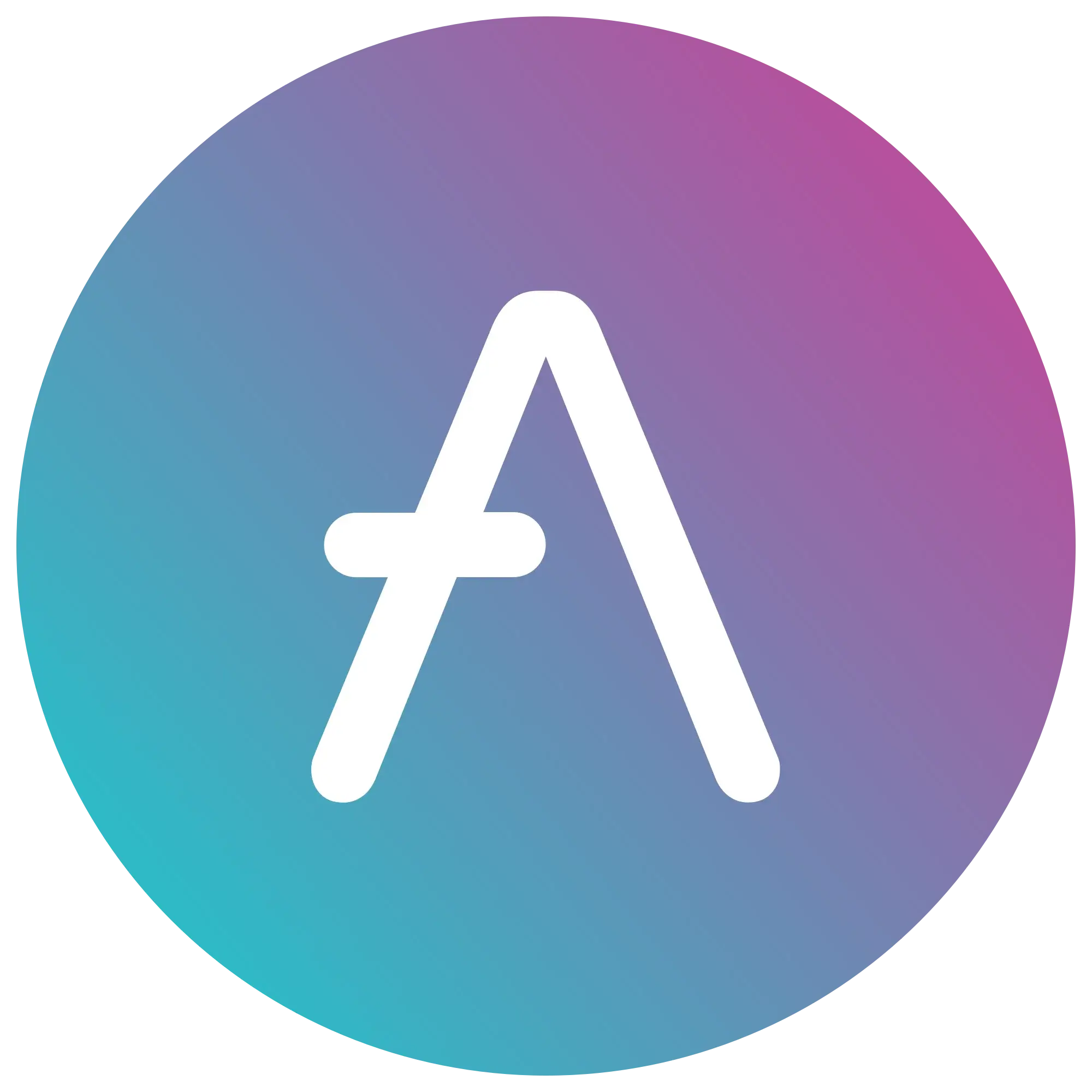
Aave is a crypto platform offering users crypto lending and borrowing services. Of course, as many other crypto platforms, Aave leverages smart contracts to automate the borrowing and lending processes. Considering that smart contracts are self-executing and contain preset rules, they can dictate how funds are distributed, how collateral is handled, and what fees apply.
Aave is specialized in overcollateralized loans. This means that users have to deposit crypto worth more than what how much they want to borrow. This is a safety measure that protects the lenders from losing funds due to loan defaults.
Aave also developed a native cryptocurrency, AAVE. Users can earn AAVE in the project’s ecosystem and trade it on various exchanges or leave it on the platform in the staking section. This way, they can earn extra funds while also benefitting from all the other benefits Aave provides.
10. Exchange Aggregators – 1inch
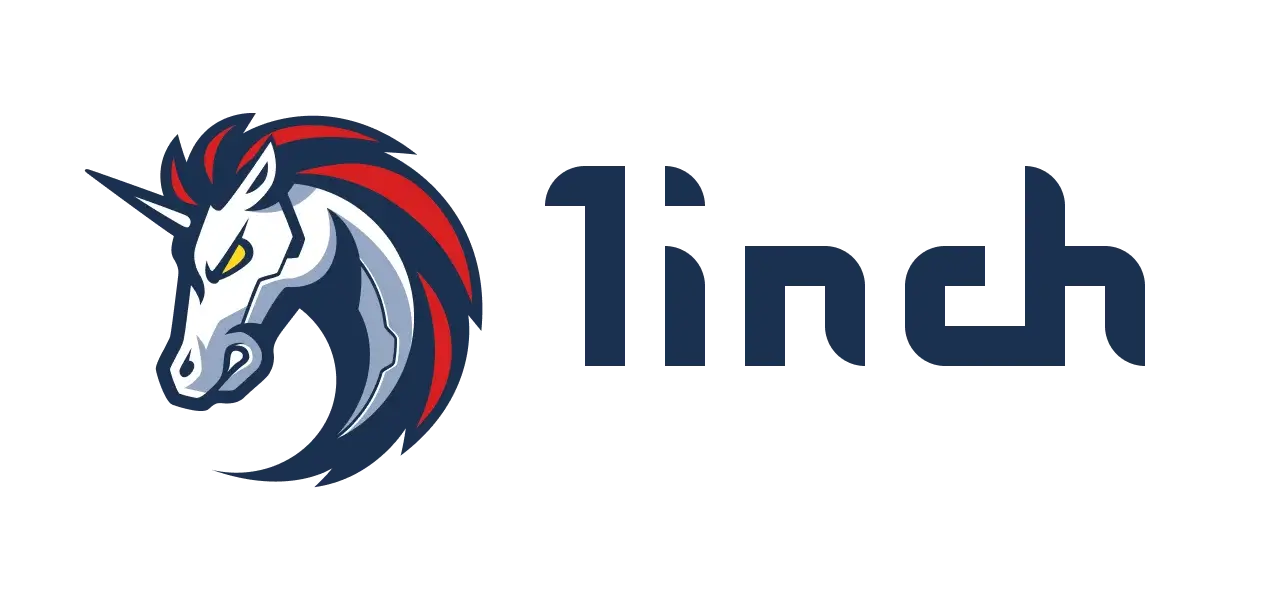
1inch is a DEX (Decentralized Exchange) aggregator aiming to offer users a way to search through all the DEXs to find the most profitable platforms. 1inch was developed with the main goal of splitting orders across various DEXs to find the best market price, and this can be considered one of the most valuable aspects for crypto investors.
1inch offers over 100 sources from three popular blockchains: Ethereum, Binance Smart Chain, and Polygon. Considering that crypto prices and network fees can vary significantly on various platforms at the same time, 1inch offers a solution to find the best option possible before investing your funds in a decentralized exchange that does not provide a profitable offer.
Web3, Shortly
Also called the “Semantic Web,” Web3 is the third version of the WWW (World Wide Web). The concept was coined in 2014 by Gavin Wood, one of Ethereum’s co-founders. To have a better view of what Web3 implies, picture this: Web1 was read-only, Web2 is read-write, while Web3 is read-write-own.
Thus, Web3 introduces a long-awaited and extremely beneficial element: the concept of ownership. With the help of decentralized networks and the advantages they come with (security, privacy, transparency, etc.), Web3 manages to offer users a decentralized web where their identities are protected, they can actually own their assets, and they have proof of ownership for everything they possess in the ecosystem.
FAQ
Are there any Web3 apps?
Yes, there are many Web3 apps, and each one comes with specific features that contribute to the well functioning of the Web3 ecosystem.
What are Web3 apps?
Web3 applications are dApps (Decentralized Applications) that are built on top of certain networks, leverage blockchain technology, and aims to increase the overall decentralization, privacy, and scalability of a certain ecosystem.
What is the best Web3 platform to build on?
Alchemy is one of the most popular Web3 development platforms, as it simplifies the dApp building process significantly.
Does Web3 use AI?
Web3 can use AI (Artificial Intelligence) in some cases. For instance, Web3 apps can leverage AI to provide a more customized user experience.
Is Web3 fully decentralized?
Yes, Web3 is a fully decentralized version of the internet.
In Conclusion
These days, so many things are or can be decentralized. We can trade on decentralized exchanges, communicate on decentralized social media platforms or through decentralized messaging, and surf the internet through safe and secure decentralized browsers. “Decentralized” is all over the place, and most of us can’t get enough of it.
The 10 Web3 apps we discussed in this article are just some of the concepts that have been contributing to creating a safer online space where users do not have to worry about their identities or assets being stolen, can communicate seamlessly, trade digital assets fast and transparently, and benefit from one concept that will change the way we perceive the digital world in general: ownership.
* The information in this article and the links provided are for general information purposes only
and should not constitute any financial or investment advice. We advise you to do your own research
or consult a professional before making financial decisions. Please acknowledge that we are not
responsible for any loss caused by any information present on this website.
Credit: Source link



